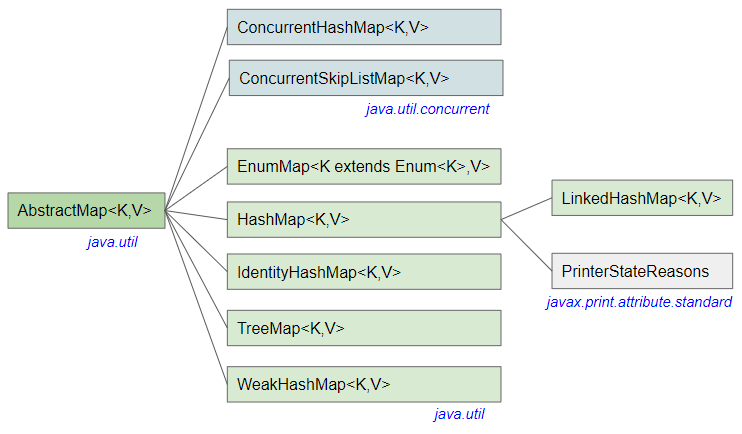

Example: Adding Elements to a Map in Java You will use the most commonly used HashMap to perform these operations. Some of the primary operations you can perform on the maps in Java are: The Map interface in Java can be used with the classes that implement it, to perform various operations. The flowchart diagram depicted below represents the hierarchy of Map interface in Java.ĭifferent Operations That Are Performed With Maps in Java TreeMap class implements the SortedMap interface that extends the Map interface.

('The key is :: ' + key + ', and value is :: ' + value )
IteratorPlease note that iterators of this class are fail-fast and if any structure modification is done after creation of iterator, it will throw ConcurrentModificationException.
HashMapPublic static void main(String args) throws CloneNotSupportedException Let’s quickly go through some examples to work with HashMap in Java. Then all elements are iterated in the linkedlist and correct value object is found by identifying the correct key using it’s equals() method. While retrieving the value by key, first index location is found using key’s hashcode. In case of collision, where multiple keys are mapped to single index location, a linked list of formed to store all such key-value pairs which should go in single array index location. This hash value is used to calculate the index in the array for storing Entry object. For each key-value to be stored in HashMap, a hash value is calculated using the key’s hash code.
Static class EntryThe key-value pairs are stored as instance of inner class HashMap.Entry which has key and value mapping stored as attributes.
#.get method map java code
Each object in java has it’s hash code in such a way that two equal objects must produce the same hash code consistently. Hashing is a way to assigning a unique code for any variable/object after applying any formula/algorithm on its properties. HashMap implements Cloneable and Serializable interfaces.So primitives must be used with their corresponding wrapper classes. HashMap stores only object references.A value can be retrieved only using the associated key.Or you can use Collections.synchronizedMap(hashMap) to get the synchronized version of HashMap. You must explicitly synchronize concurrent modifications to the HashMap. It does not guarantee any specific order of the elements. HashMap allows multiple null values but only one null key.
Implements MapThough a value 'V' can be mapped to multiple keys. It means we can insert a key ‘K’ only once in a map. Each key is mapped to a single value in the map. HashMap in Java in a collection class which implements Map interface.


 0 kommentar(er)
0 kommentar(er)
